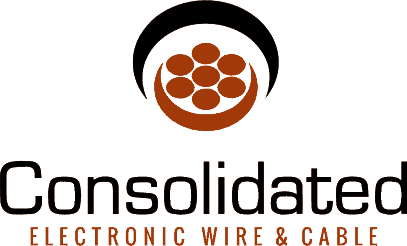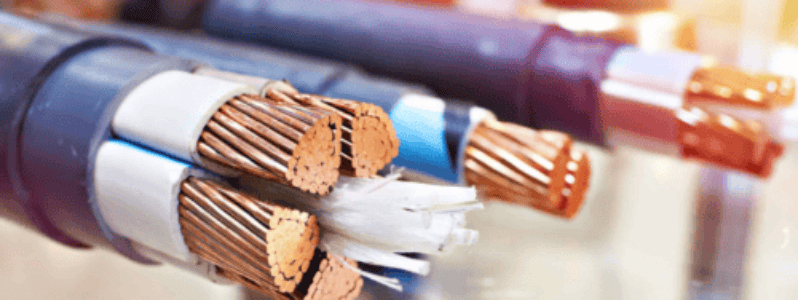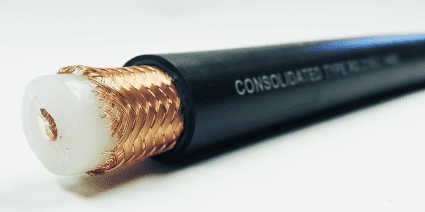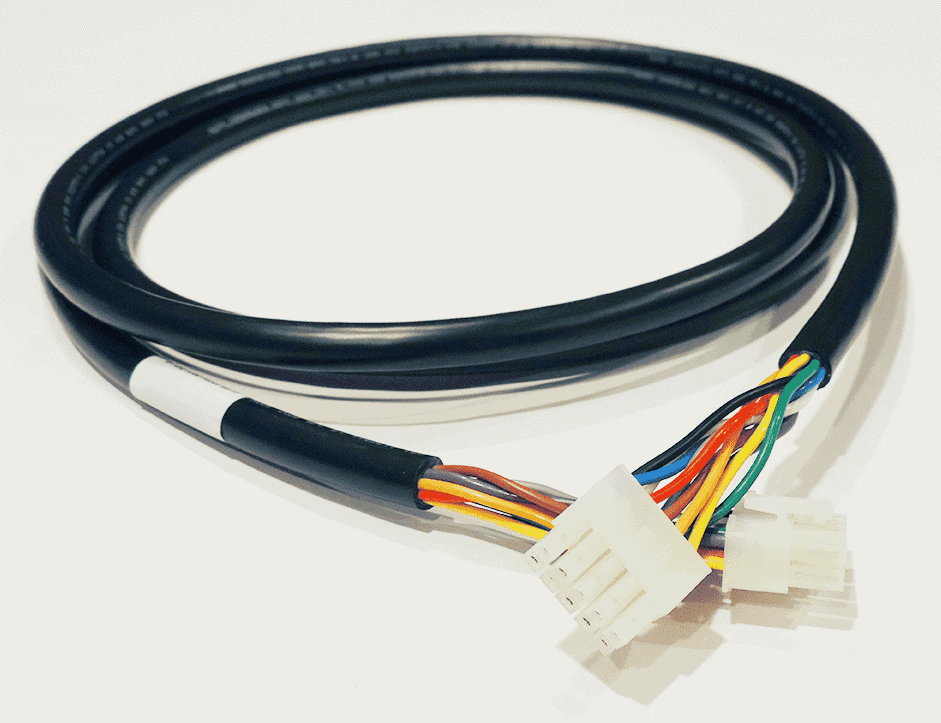Power supply cords play a critical role in nearly every industry, including the electronics, telecommunications, appliance, hand tool, toy, industrial, and medical sectors, to name just a few.
When selecting a power cable for your unique application, its intended use should always be top of mind. Other key considerations include end finishing, cord set put-up, insulation material, conduction material, wire gauge, voltage, temperature range, cord shielding, and finishing requirements. Carefully assessing these specific needs will help ensure optimal performance and reliability.
Common Applications for Power Cords
- Aerospace
- Agriculture
- Amusement
- Appliances
- Audio/video
- Automotive
- Broadcast
- Office business machines
- Commercial
- Computer
- Water coolers
- Factory automation
- Gaming
- Home entertainment
- Industrial machinery
- Local utilities
- Marine
- Medical
- Diagnostic equipment
- Military
- Power supply
- Public safety and transportation
- Renewable energy
- Robotics
- Security
- Solar power energy
- Telecommunications
- Wind power energy
- Wireless
Types of Power Supply Cords
A number of custom and standard North American and international power cords are available, including:
- Retractile power cords — Offering a wide range of movement without the inconvenience of tangled, loose cording, retractile cords are highly versatile and reliable. They’re commonly used with computers, medical diagnostic equipment, appliances, and industrial machinery.
- Retractile electronic cords — These hassle-free cords are essential in countless applications and can be customized to fit specific requirements.
- Hospital-grade cords — These are used in hospitals for medical devices and patient-care equipment.
- Unshielded cords — Unshielded cords are employed in devices in which electromagnetic interference is not a problem.
- Foil-shielded cords — Foil shielding uses a thin layer of aluminum, typically attached to a carrier such as polyester, to add strength and ruggedness. This provides 100% coverage for the conductors it surrounds.
- Detachable cords — Sometimes referred to as line cord, these flexible cords feature electrical connectors at both ends. The male end of the cordset is attached to a molded electrical plug; the female end typically consists of a molded electrical receptacle.
- Two-conductor cords — These are available in three types: one-end cords, two-end cords, and multi-leg cords.
Learn More
Deciding on the right power cord may seem daunting at first, but the team at Consolidated Electronic Wire & Cable is here to help. With nearly 100 years of experience, state-of-the-art facilities, and a deep commitment to Total Quality Management (TQM), customers can rest assured that they’ll receive top-of-the-line solutions that meet their exact needs.
To learn more about our power cord offerings and explore options for your specific application, check out our comprehensive product catalog.




 () Quote Cart
() Quote Cart



Comments are closed